画像 f(x y)=x y graph 224687-F(x y)=x+2y graph
I have to graph a problem in Nebulous Logic with Matlab I am rusty on my commands (never used Matlab before, so i'm not sure which one command to use I am trying to make a function f (x,y)= (x10)^2 (y10)^2 I need consideer a interval of 10,10 and construct five fuzzy sets (C1,C2,C3,C4,C5) for eachoneDirect link to this answer https//wwwmathworkscom/matlabcentral/answers/howtographafxyfunction#answer_ Cancel Copy to Clipboard Edited JoséLuis on 7 Oct 14 x_int = 0 1;Directional derivative of x^2 y^2 in direction (1, 1) StreamDensityPlot{x^2 y^2, y^2 x^2}, {x, 5, 5}, {y, 5, 5} tangent plane to x^2 y^2 at (x,y)=(1,2) squared imageAron the Rogue Watcherlike curve;

Matlab Tutorial
F(x y)=x+2y graph
F(x y)=x+2y graph-The graph z= f(x,y) is the level set at 0 for the function F(x, y, z) = f(x,y) z T/F 2 The value (a, b) is the slope of the tangent line to the curve obtained from the intersection in R3 of the graph z = f(x,y) and the plane y = b T/F 3 Give the limit definition of the partial derivative of f · Find the volume of the region under the graph of f(x,y) = 2xy1 and above the region y^2 = x, 0≤x≤16?



Functions Desmos
· For the graph of y=f(x), erase the left hand side of the graph (the part where x is negative) Draw in a mirror image of the right hand side of the graph, ie reflect the graph from the positive values of x across the yaxisDer Graph von y = f(x) = mx ist stets eine Gerade, die durch den Koordinatenursprung verläuft Die Zahl m heißt dabei der Anstieg der Funktion f Er gibt das Verhältnis einander zugeordneter Werte aus Definitions und Wertebereich an\(f(x) = 4x^3 5x^2 3x 2\) Bestandteile einer linearen Funktion Da du jetzt weißt, wie lineare Funktionen aussehen, können wir uns mit der Bedeutung der einzelnen Bestandteile auseinandersetzen
Write the steps to obtain the graph of the function y = 3(x – 1)^2 5 from the graph y = x^2 asked Sep 14, in Sets, Relations and Functions by Anjali01 ( 476k points) setsGraphs Solve Equations The problem is that the function is not defined when xy=0 , and to have a limit you must be able to evaluate f(x,y) for all (x,y) sufficiently close to 0The plane can be defined by three points In this case to calculate the equation of the plane, we use the formula det⎛ ⎜⎝ x−xa y−ya z−za xb−xa yb−ya zb−za xc −xa yc −ya zc
S is defined as a sphereIn mathematics, the graph of a function f is the set of ordered pairs (x, y), where f(x) = y In the common case where x and f(x) are real numbers, these pairs are Cartesian coordinates of points in twodimensional space and thus form a subset of this planeTo plot the graph, you simply take values of x and solve for y and then plot the value of the (x,y) pairs on the graph a simple table below shows you what you will find X Y = X^2 4X 3 2 15 1 8 0 3 1 0 2 1 3 0 4 3 5 8 6 15 Since the axis of symmetry is at x = 2, you can see that
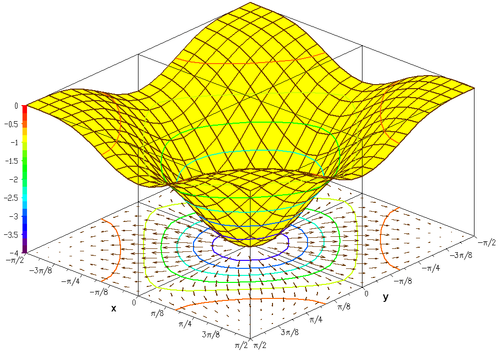


Graph Of A Function Wikiwand
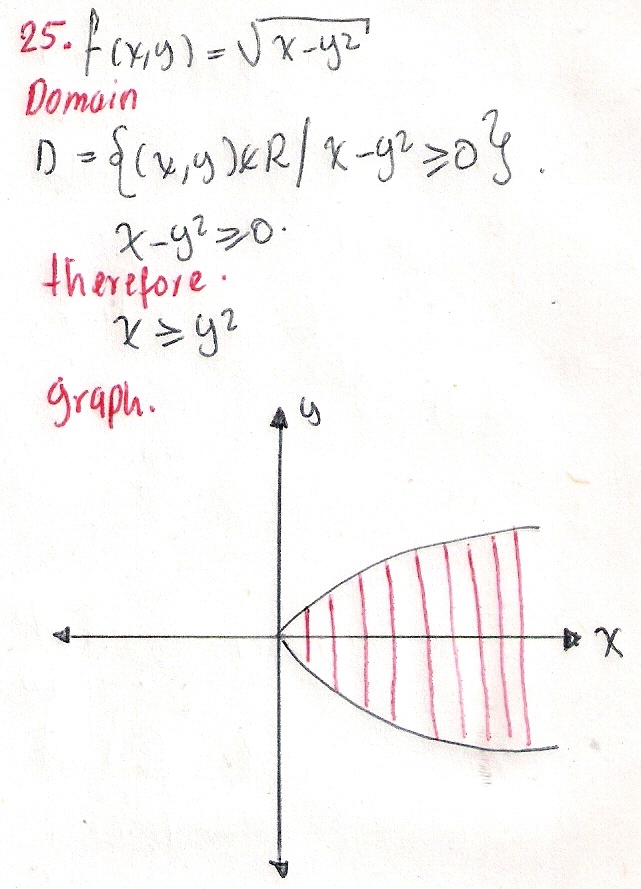


Find The Domain Of The Following Functions Make A Sketch Of The Domain In The Xy Plane F X Y Math Sqrt X Y 2 Math Homework Help And Answers Slader
So I want to graph y equals 2 to the x and y equals y equals 2 to the x together We call the y equals 2 to the x is one of our parent functions and has this shape sort of an upward sweeping curve passes through the point 0 1, and it's got a horizontal asymptote on the x axis y=0Okay, So we are going to use why equals f of X to help us graph this equation So we have f of 1/2 X And because the one happens next to the X, that tells us that we're going to divide all of our X coordinates by 1/2 Or multiply that by two because you have toYOUTUBE CHANNEL at https//wwwyoutubecom/ExamSolutionsEXAMSOLUTIONS WEBSITE at https//wwwexamsolutionsnet/ where you will have access to all playlists c
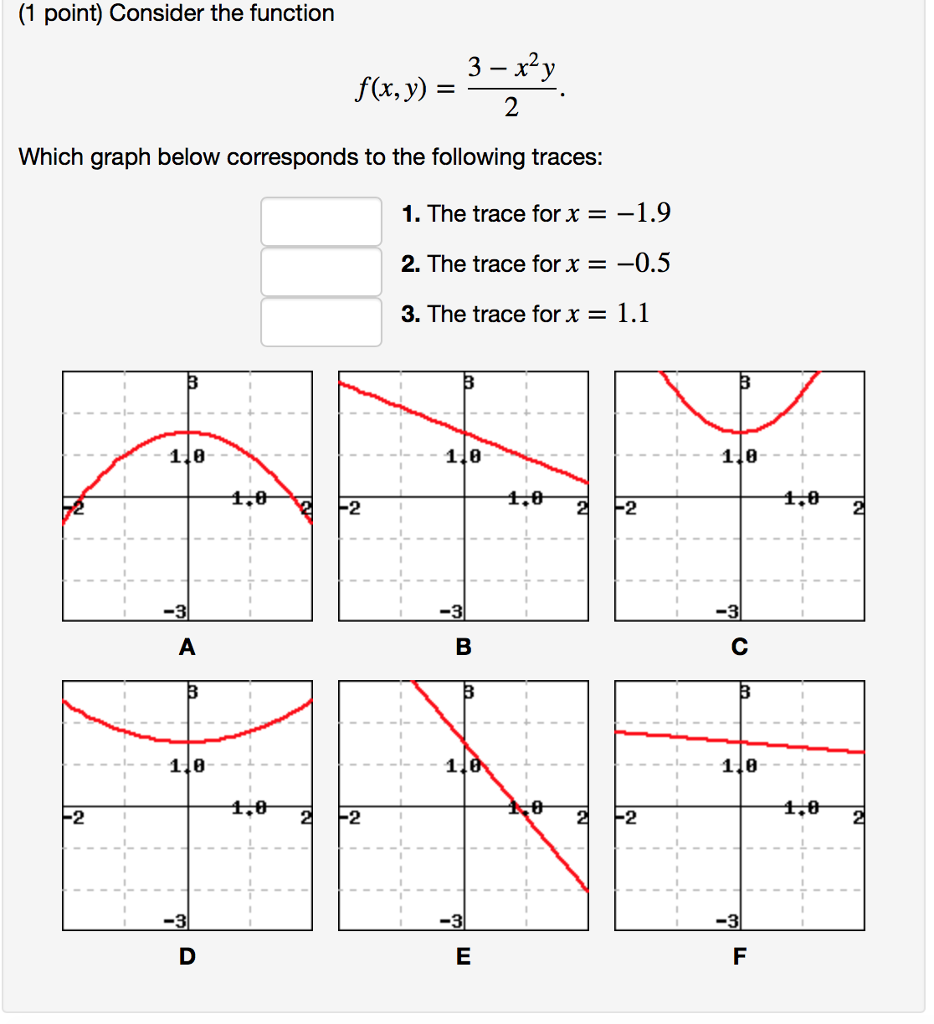


Solved Consider The Function F X Y 3 X2y2 F X Y Chegg Com



Sketch The Graph Of F X Y Square Root 4 X 2 Y 2 Study Com
Going from f(x) to f(x) is what we need to do, and this will be a reflection over the yaxis;Simply put, the Y=f(x) equation calculates the dependent output of a process given different inputs Here's an example of some possible values for the variables in the "breakthrough equation" In a marketing context, the outcome (Y) could equal the number of product sales, where the function (f) could be email opens from a newsletter campaign, and the input (x) could be the number ofAlgebra Examples Popular Problems Algebra Graph f (x)=y f (x) = y f ( x) = y The function declaration f (x) f ( x) varies according to x x, but the input function y y only contains the variable y y Assume f (y) = y f ( y) = y f (y) = y f ( y) = y Rewrite the function as an equation
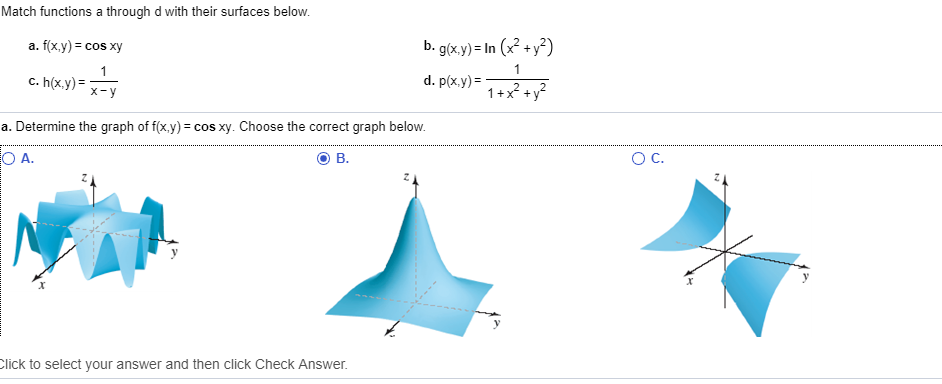


Solved Match Functions A Through D With Their Surfaces Be Chegg Com
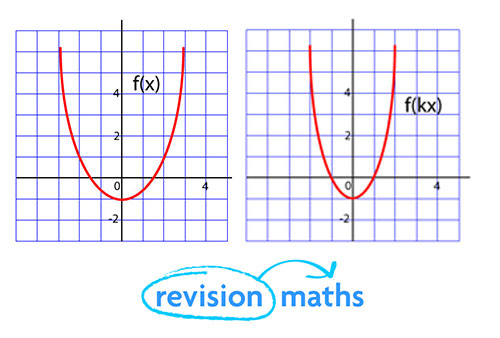


Functions Maths Gcse Revision
X^2 y^2 > 0 · x= f(y) is the the same as y = f(x) what happens is that the xaxis becomes the yaxis and vice versaFigure out how far each point in f(x) is from the yaxis
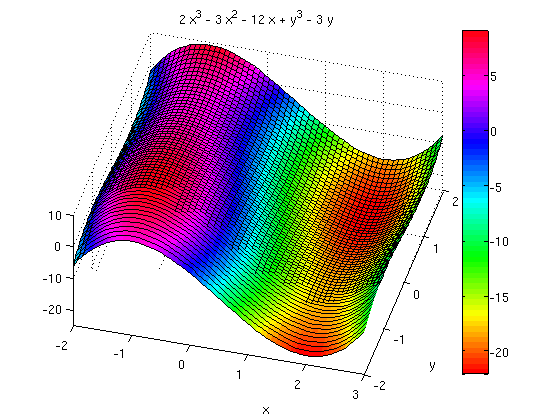


Maxima And Minima Of Functions Of 2 Variables
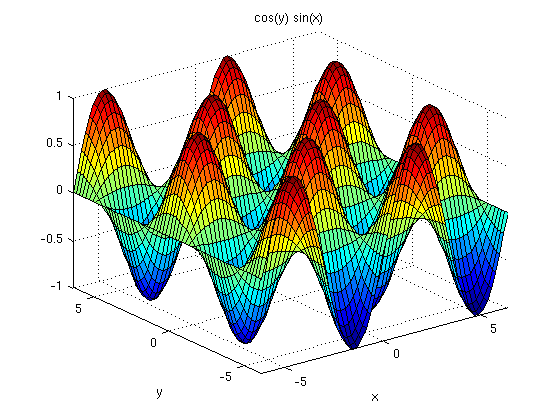


Graphs Of A Function Of 2 Variables Simple Cases
Tutorial on drawing modulus graphsGo to http//wwwexamsolutionsnet/ for the index, playlists and more maths videos on modulus functions, graphs and otherTo go from f(x) to f(x), change the sign of each xvalue in the f(x) function;For every given y I need to solve this equation, ie to find Im(x) and Re(x) (this equation may have many solutions) After solving this equation I need to plot two graphs the dependense of y from Im(x) and y from Re(x) For example, F(x,y)=x^2 sin(xy) If y and x were real numbers, it would be possible to use ContourPlot



Let F Be A Real Valued Differentiable Function Satisfying F X



Functions Desmos
View my channel http//wwwyoutubecom/jayates79F(x) is the graph we are given;Specifically need help finding the bounds/shape Answer Save
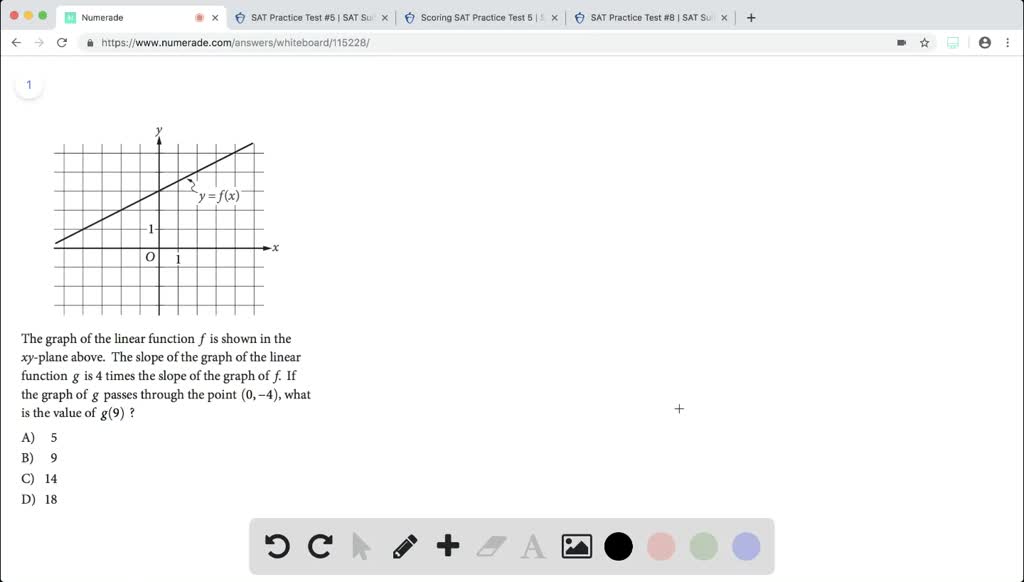


Solved The Graph Of The Linear Function F Is Show



Video 3107 F X Y Ln Sqrt Y X X Multivariable Functions Domain Youtube
F(x) reflects the graph to the right of the yaxis in the yaxis Ignore the left hand side part of the graph; · y=f(x) will indicate that the graph has reflected about the origin If I have f(x)=(x) 3 , then the graph would be reflected about the yaxis Try to experiment on these transformations by using a graphing utility such as Desmos , Symbolab , GeoGebraStack Exchange network consists of 176 Q&A communities including Stack Overflow, the largest, most trusted online community for developers to learn, share their knowledge, and build their careers Visit Stack Exchange



Matlab Tutorial


Solution Please Help With Homework 1 Is The Relation Xy 5 A Function Within The Domain 5 1 2 F X 4x 2 2x 6 And G X 2x 3 Find The Domain Of F G X And F G X 3 Find Two Numbers
· Find the intercepts and asymptotes, plot a few points, and then sketch the graph f(x)=4^x Step 1 Find the domain and range f(x) is defined for all real values of x, so the domain is the set of all real numbers 4^x>0, so the range is f(x)>0 Step 2 Find the yintercept Let x=0 y= 4^0 = 1 The yintercept is at (0,1) Step 3 Find the xintercept There is no xintercept, because the range is f(xQuestion Consider The Objective Function Z = F(x,y) = Ax Y, A > 0 And The Circle Constraint Function G(x,y) = (x 1)2 (y 1) I Graph An Example Contour Of The Objective Function As Sume A Is A Positive Parameter Ii Find The Gradient Vector Of F(x,y) And Describe The Direc Tion Of Greatest Increase In F Iii Graph The Constraint Function ContourGoing from f(x) to f(x) would give us a reflection over the xaxis;
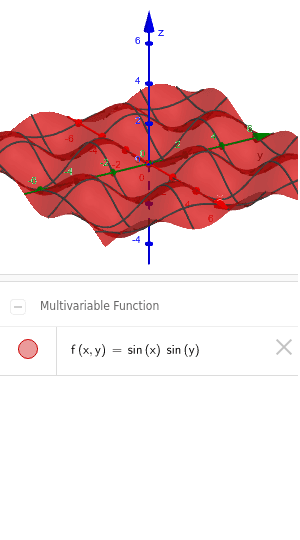


F X Y Sin X Sin Y Geogebra
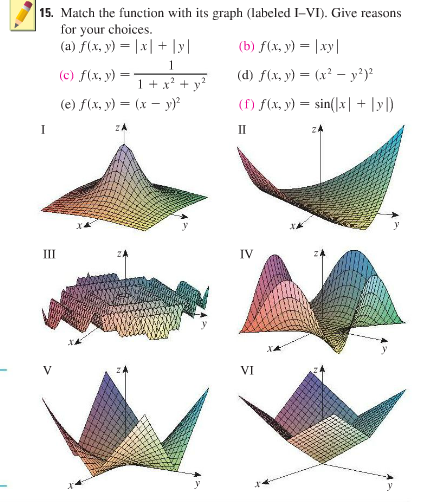


Solved 15 Match The Function With Its Graph Labeled I V Chegg Com
· Hello, Let mathcal(S) the surface of equation z = ln(x^2y^2) it's the graph of your function f Remark that mathcal(S) is a revolution surface, because f(x,y) = g(r) where r = sqrt(x^2y^2) is the polar radius Actually, g(r) = ln(r^2) = 2 ln(r) So, graph the curve of equation z = 2ln(x) in the xOz plane You get Finally, rotate this curve around the Oz axisIf y = f(x), the graph of y = af(x) is ), parallel to the xaxis Scale factor 1/a means that the "stretch" actually causes the graph to be squashed if a is a number greater than 1 Example The graph of y = x 1 would be the same as the above graph, but shifted one unit to the right (so the point of the V will hit the xaxis at 1 rather than 0)Y_int = 0 1;



Graph Of The Function F 1 3 1 3 2 0 For The Form F X Y Xy Download Scientific Diagram
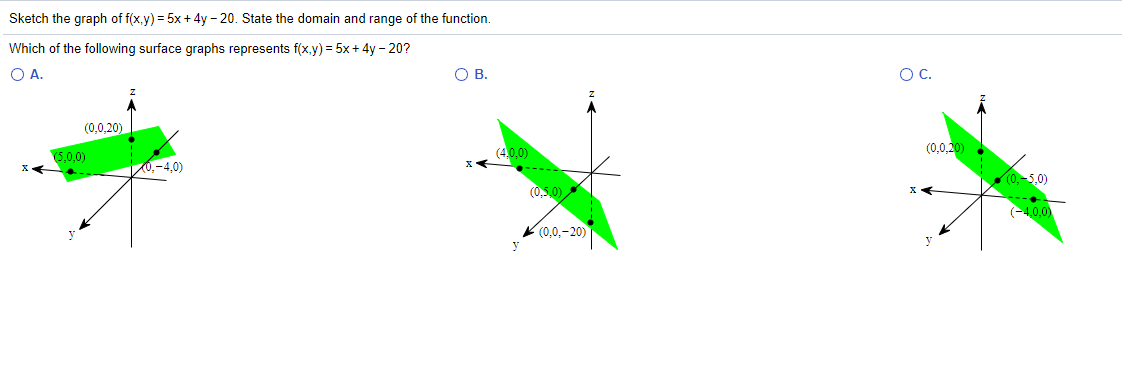


Answered Sketch The Graph Of F X Y 5x 4y Bartleby
Actually these graphs z=x^2y^2 and z=2xy (over the whole plane) have exactly the same shape since rotation around the zaxis by 45 degrees takes one graph into the other Contour graphs (curves) are made by intersecting the surface with the planes z=Constant for various constantsGraph the surface f (x,y,z) = c I have a function f (x,y,z) = x^2 y^2 z^2 and I'd like to graph the surface defined by the equation f (x,y,z) = 1 When I type "S x^2 y^2 z^2 = 1" into the input bar, this works perfectly;Der Graph ist symmetrisch zur yAchse (für x = 0 nicht definiert!) f1 x → x1 = 1/x f3 x → x3 = 1/x 3 f5 x → x5 = 1/x 5 f2 x → x2 = 1/x 2 f4 x → x4 = 1/x 4 f6 x → x6 = 1/x 6 Rationale Exponenten (0 n 1) Hier handelt es sich um Wurzelfunktionen Sie sind nur für x ³ 0 definiert Der Graph entsteht, indem man


Relief Functions And Level Curves



Function X Y Graph Page 1 Line 17qq Com
Free math problem solver answers your algebra, geometry, trigonometry, calculus, and statistics homework questions with stepbystep explanations, just like a math tutorIn this video I show you how to draw graphs of the form y=f(x) using the modulus function and give you three graphs to try Examples in the video Sketch the followingGraph of y = f'(x)21 0 1 2 0123 x y 4 x y (5) 1 At x =2, the graph of y =f (x) has a (a) zero (b) local minimum (c) local maximum (d) inflection point (e) None of the above The answer is (d), an inflection point The derivative changes at from increasing to decreasing Hence the function changes from concave up to concave down x =2 5
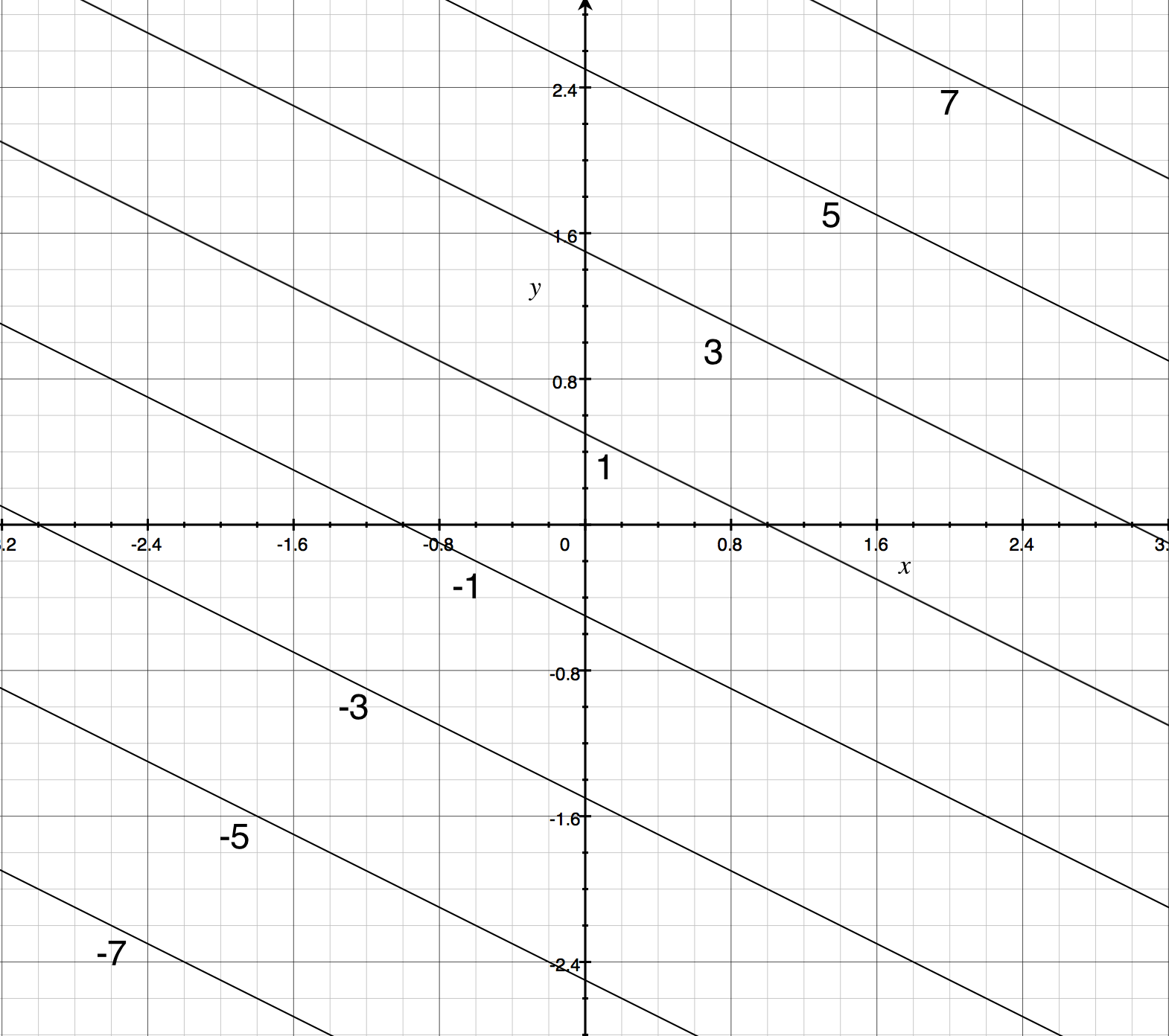


Contour Maps Article Khan Academy
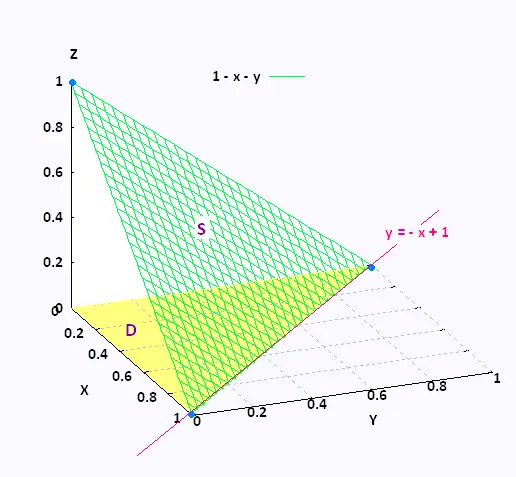


Mathematics Calculus Iii
· Bestimme und skizziere zur Veranschaulichung im ℝ³ die Nieveualinien (f (x,y)=c, c∈ℝ) die Graphen der Einschränkungen auf x=c, y=c, sowie y/x=c, c∈ℝ den Graphen z=f (x,y) im Schrägbild 2) Berechne gradf und den LaplaceOperator Δ f = ∂ 2 f ∂ x 2 ∂ 2 f ∂ y 2 \Delta f=\frac { { \partial }^ { 2 }f } { \partial { x }^ { 2 } } \frac { { · Thus, "x 2 y 2" is written "x*x y*y" or "x^2 y^2" 2 For example, f(x,y) = x 2 y 2 will be graphed as in the image below 3 You may wish to save the graph image as a file on your PC it will use about 35 KBSurface plot of f (x, y) Surface plot of f (x, y) f (x, y) = From x = To x = From y =



Multivariable Calculus F X Y X Ln Y 2 X Is A Function Of Multiple Variables It S Domain Is A Region In The Xy Plane Ppt Download


Critical Points Of Functions Of Two Variables
Simple Math Plot for y=f (x) Plot the Graph by defining the function below You can also press F12 to code the function in the consoleSolve your math problems using our free math solver with stepbystep solutions Our math solver supports basic math, prealgebra, algebra, trigonometry, calculus and moreSuppose (x, y) ∈ ¯ Gf, then there is a net (xα, f(xα)) (α ∈ Λ) so that (xα, f(xα)) → (x, y) by the definition of the product topology xα converges to x and f(xα) converges to y since f is continuous f(xα) converges to f(x) Since Y is Hausdorff limits are unique hence y = f(x) Thus, (x, y
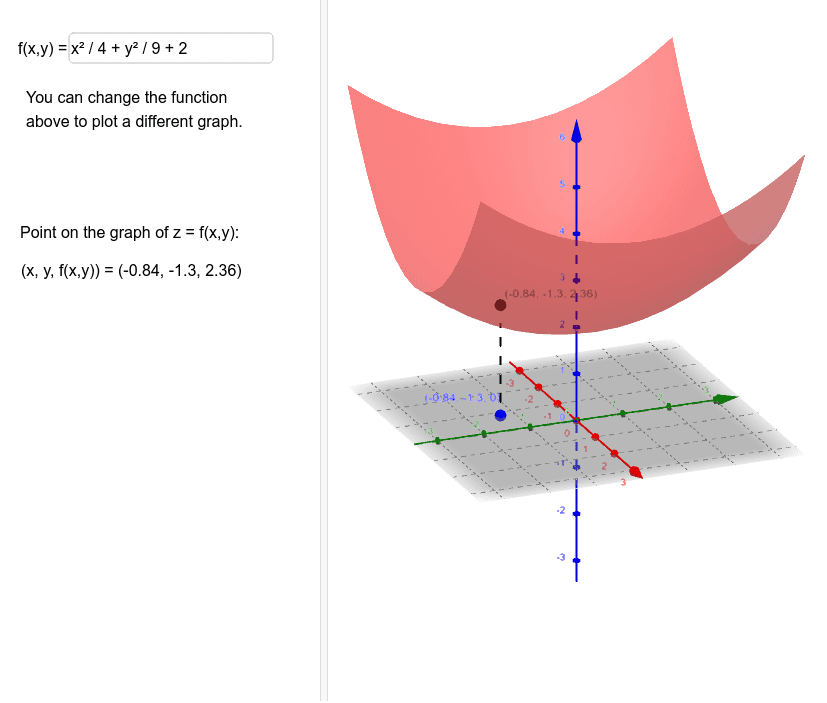


Graph Of Z F X Y Geogebra


3 6 Graphs Of Functions Intermediate Algebra 2e Openstax
Remember f(x) reflects any part of the original f(x) graph that was below the xaxis in the xaxis In this video I show you how to draw graphs of the form y=f(x) using the modulus function and give you three graphs to try Examples in the video Sketch the following yIf (x, y) belongs to the set defining f, then y is the image of x under f, or the value of f applied to the argument x In the context of numbers in particular, one also says that y is the value of f for the value x of its variable, or, more concisely, that y is the value of f of x, denoted as y = f(x)Sketch the graph of the function f(x, y) = 10 4x 5y Video Transcript Okay, sketch the graph of the function The first thing we knows the general form of the equation of a plane is a of explosive
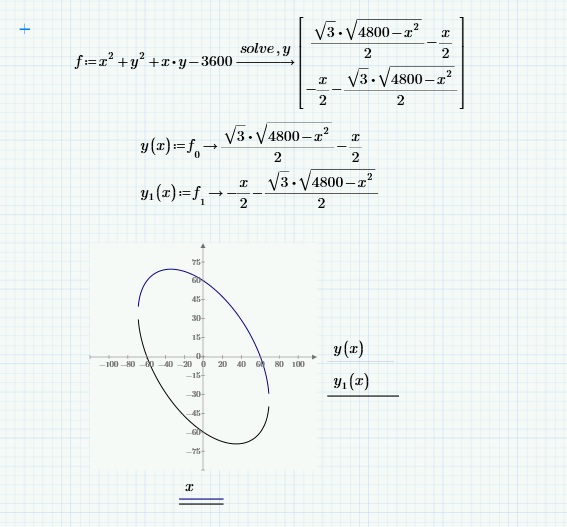


Solved Re Is There A Way To Plot A Function Of X Y Lik Ptc Community
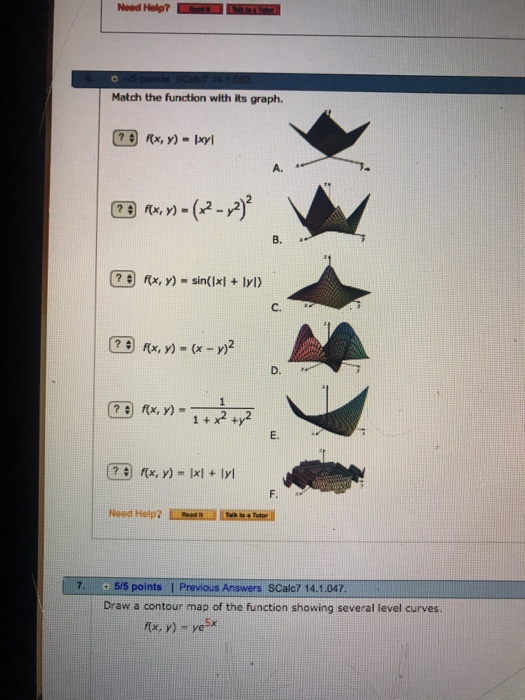


Solved Match The Function With Its Graph F X Y Xy Chegg Com
Consider the graph of a function f(x,y) Let (x,y,f(x,y)) be a point on the graph The graph of f de nes a surface It's a natural to ask the following if you're standing at the point (x,y,f(x,y)), what's the slope of the surface in the direction parallel to the xaxis (or yX Y = ndgrid (linspace (x_int (1),x_int (2),150), linspace (y_int (1),y_int (2),150));3D Graph Graphs can be extended to a three dimensional form Usually when we enter a 3D graph, we can make the graph look like an actual object since we will be using two variables x and y



F X Y F X Y 2f X F Y X Y In R And For Some Value Of Alpha In R F Alpha 1 Th Youtube
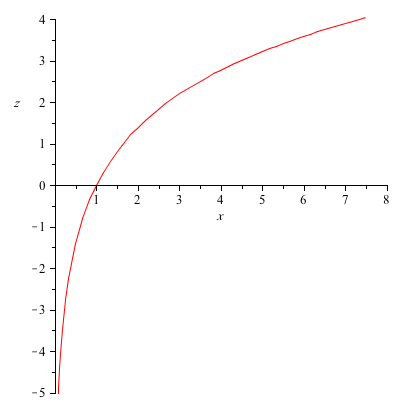


How Do You Sketch F X Y Ln X 2 Y 2 Socratic
Is there an easy way to plot a function which tends to infinity in the positive and negative as a single plot, without the plot joining both ends of the positive and negative?
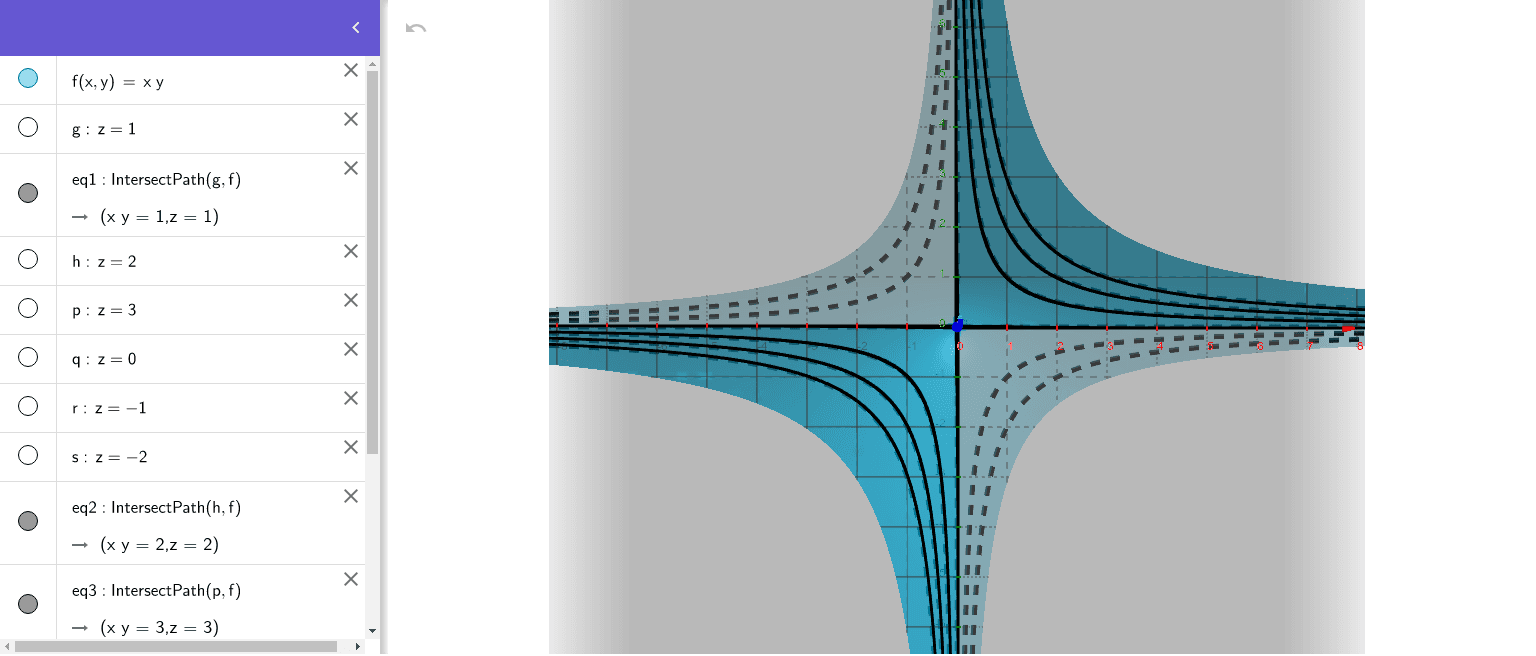


F X Y Xy Geogebra
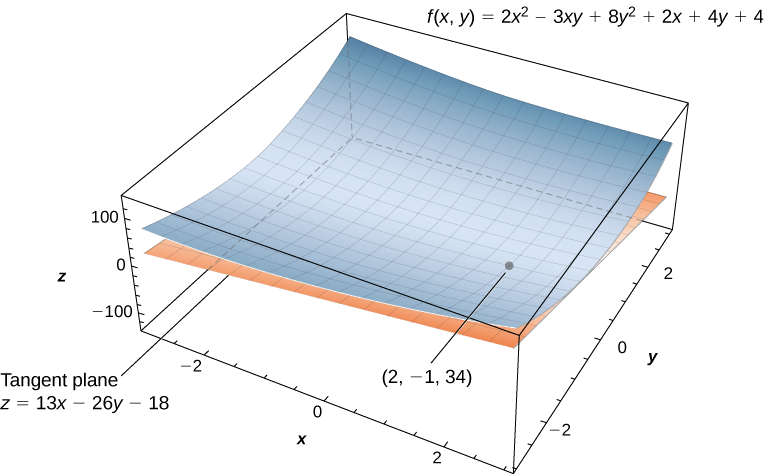


14 4 Tangent Planes And Linear Approximations Mathematics Libretexts



Matlab Tutorial



Functions Of 2 Variables



Graphs Of Surfaces Z F X Y Contour Curves Continuity And Limits



Graphs And Level Curves


0 3 Visualizing Functions Of Several Variables



Bar3 Plot With Seperate X Y Height And Width Values Stack Overflow


Gnuplot Demo Script Fit Dem



How To Find The Graphs Of The Following Multi Variable Functions F X Y Ln 1 Xy And F X Y Frac Y E X Mathematics Stack Exchange
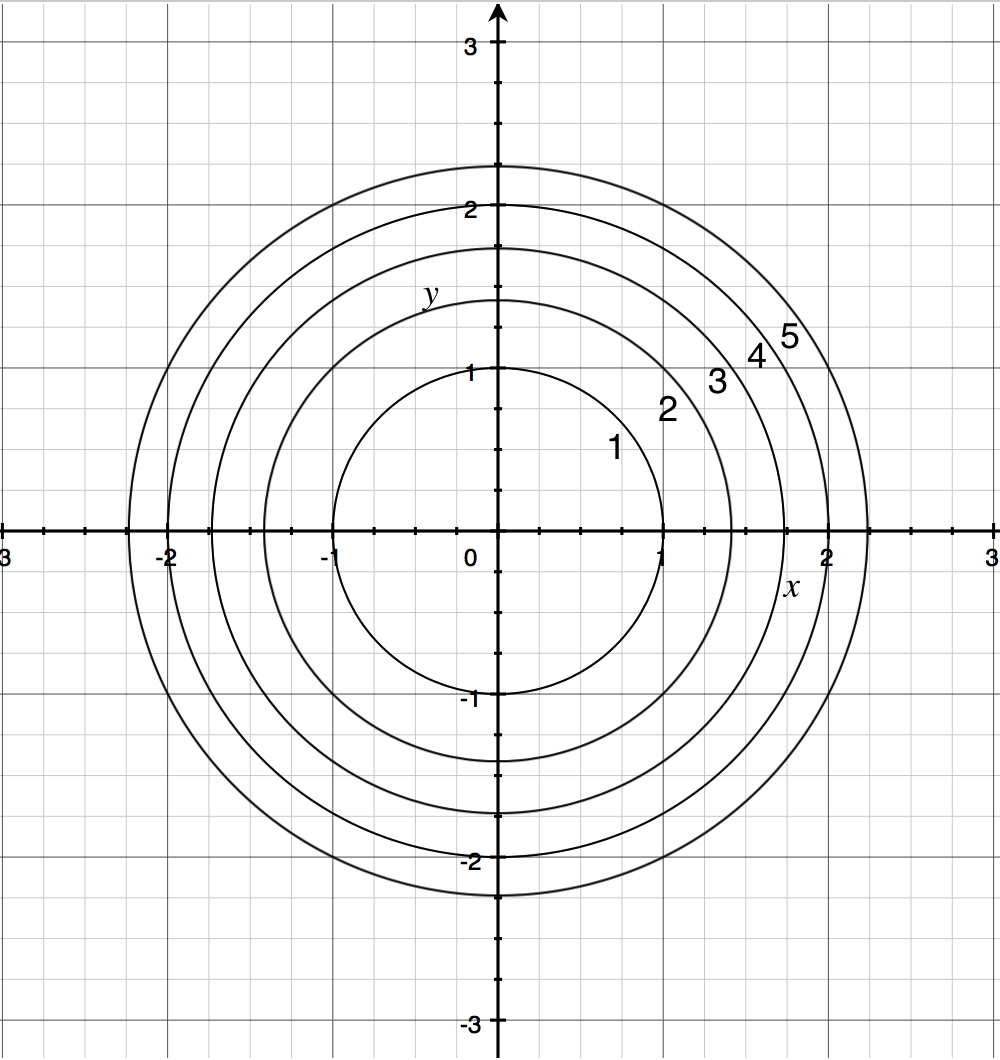


Contour Maps Article Khan Academy



Which Function Best Fits The Graph At The Right A F X Y 4 X 2 B F X Y 4 Y 2 C F X Y 4 Xy D F X Y 4 X 2 Y 2 Bartleby
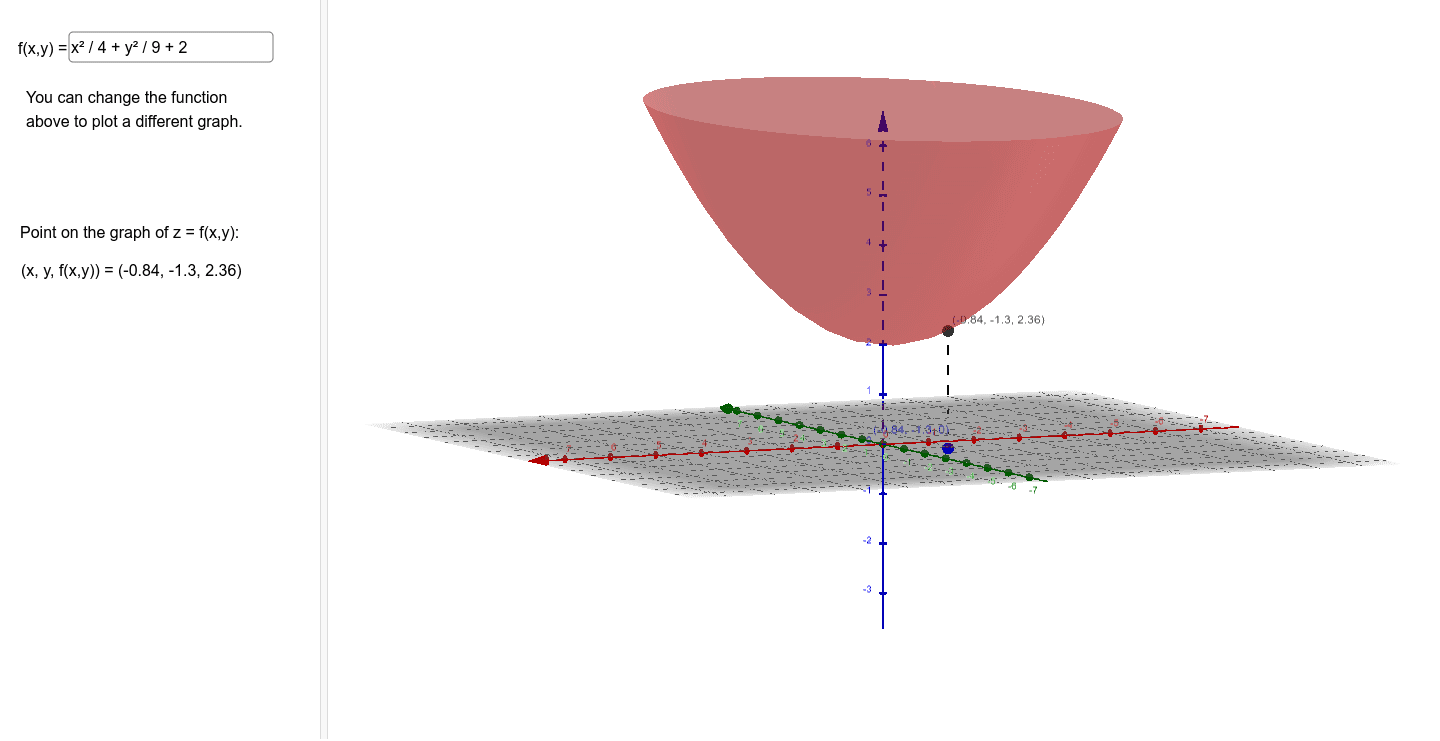


Graph Of Z F X Y Geogebra



What Is Difference Between Math X F Y Math And Math Y F X Math Graph Quora


A Function For Which Fxy Fyx Graph Of The Function Given By F X Y X3y Xy3 X2 Y2 For X Y 0 0 And F 0 0 0 Graph Of Fx Note That The Slope In The Y Direction Through The Center Of The Graph Appears To Be Negative It Can Indeed Be Verified That Fxy 0


Wykresy



Graph And Contour Plots Of Functions Of Two Variables Wolfram Demonstrations Project


Examples Friday Feb 21


What Are The Number Of Pairs X Y Satisfying The Equations Sin X Sin Y Sin X Y And X Y 1 Quora


Is A Graph Of The Function F X Y Xy On Which The Double Integral Download Scientific Diagram


A The Graph Of F X Y X 2 Y 2 The Point 0 0 Is A Download Scientific Diagram



Matlab Tutorial



Matlab Tutorial



Iterated Integrals
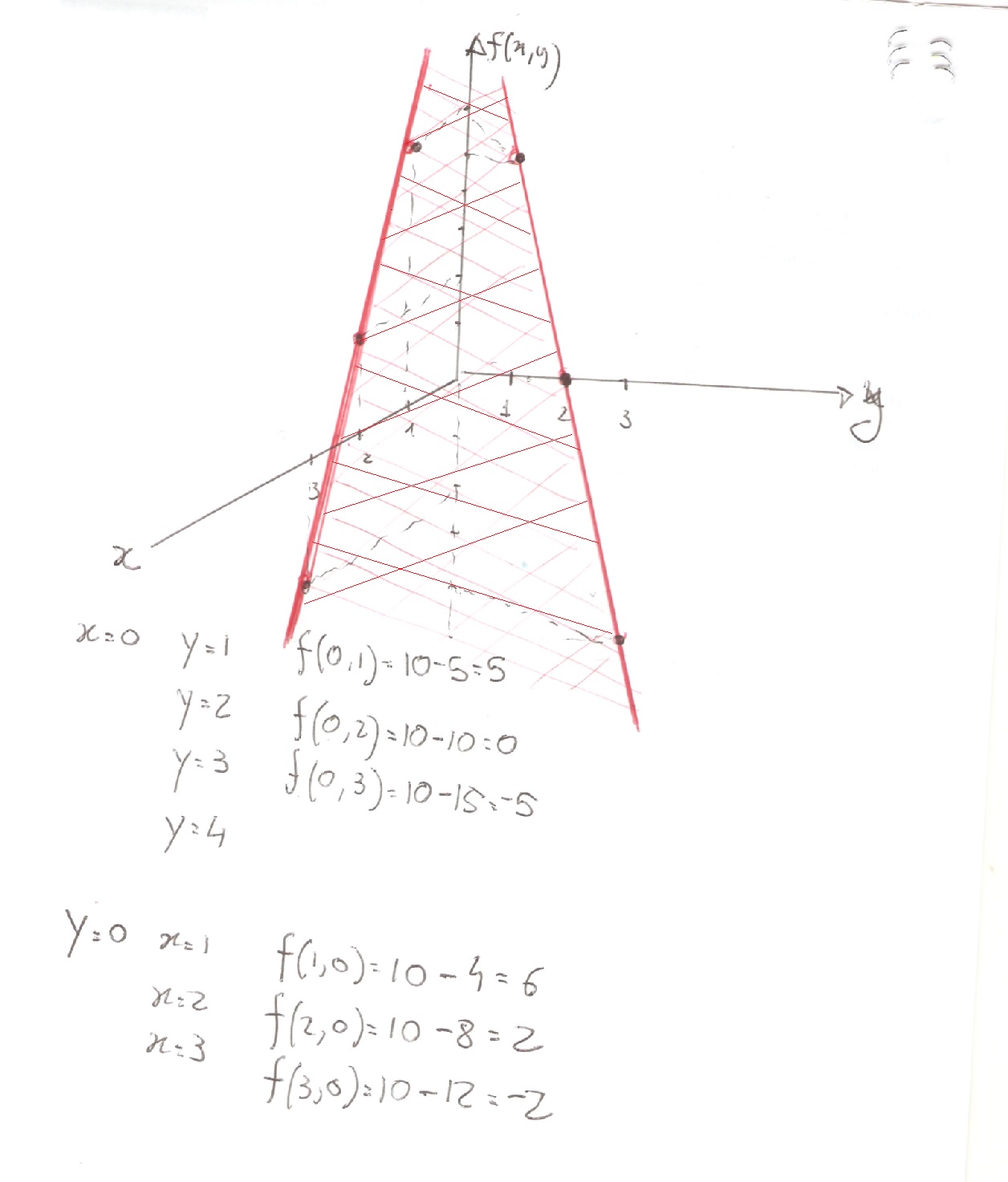


How Do You Graph F X Y 10 4x 5y Socratic



Sketch The Graph Of The Function F X Y Sqrt 4x 2 Y 2 Study Com



Solved Match The Function With Its Graph F X Y X 2 Chegg Com


Examples For Vector Fields And Potentials



Calculus Iii Lagrange Multipliers
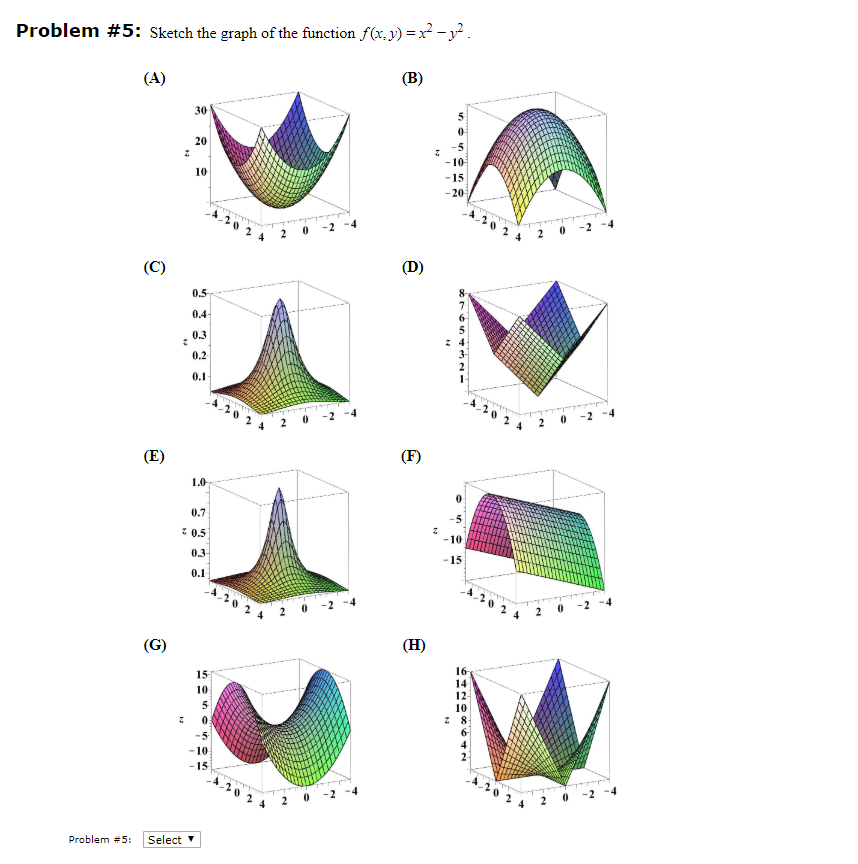


Solved Problem 5 Sketch The Graph Of The Function F X Chegg Com


Incorrect Graph For F X Y G X Y 0 Page 1 Support Graph Forums
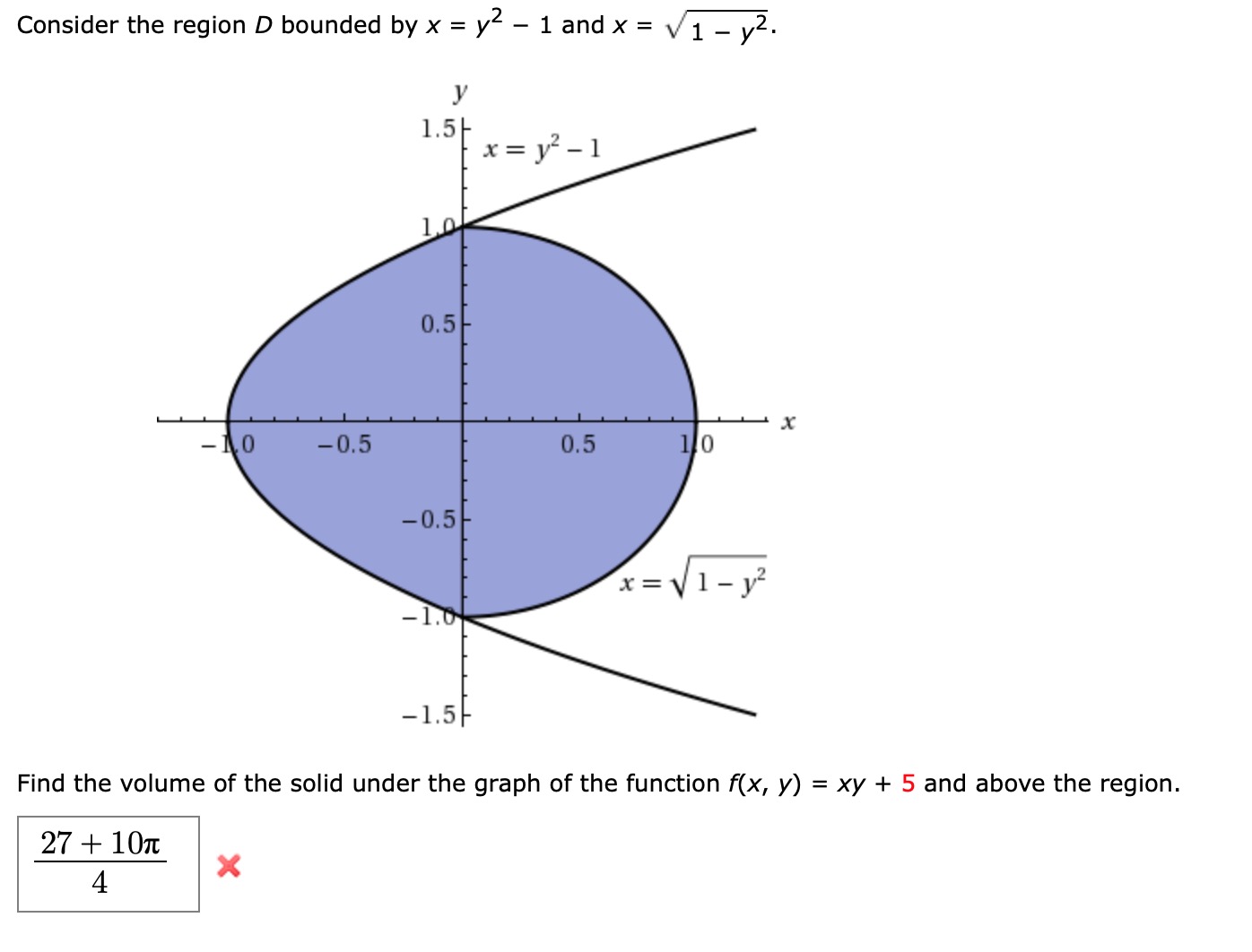


Answered Find The Volume Of The Solid Under The Bartleby
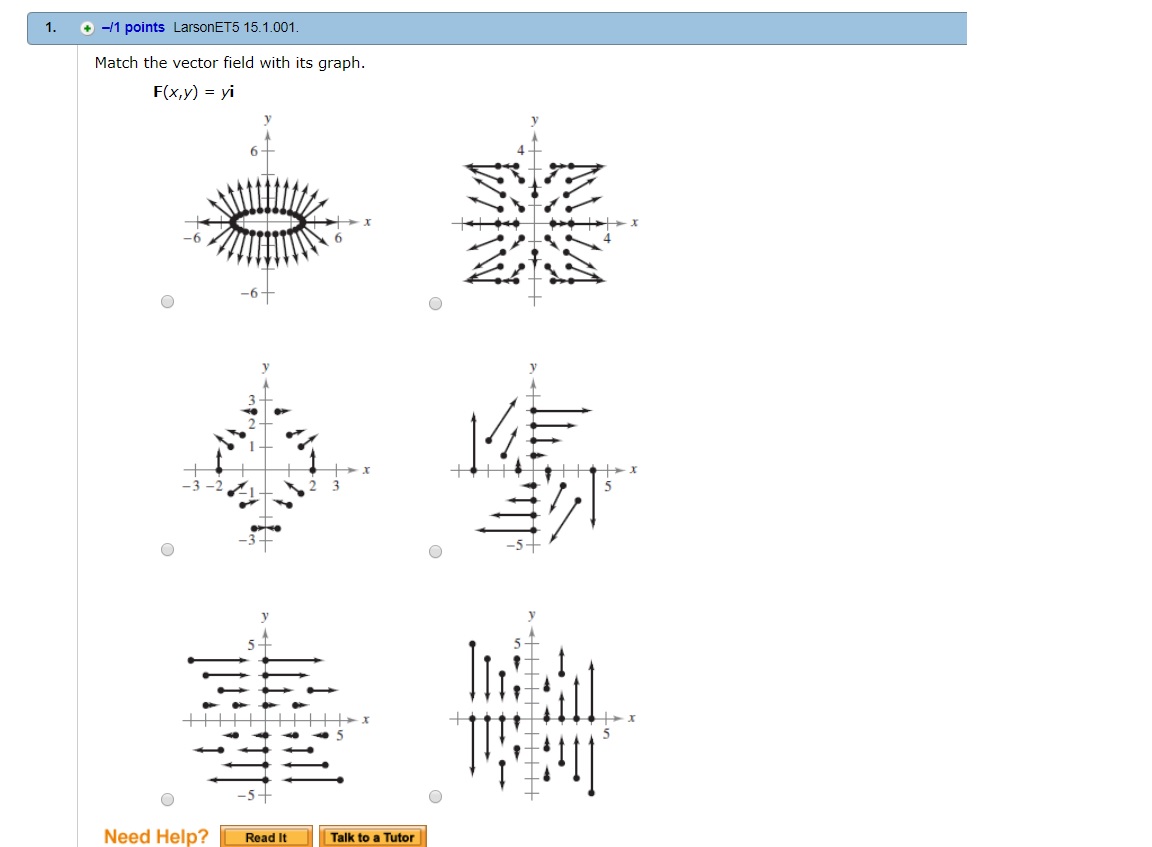


Match The Vector Field With Its Graph F X Y Yi I Tried Drawing My Own Graph And Got Something Other Than The Answer Choices Socratic
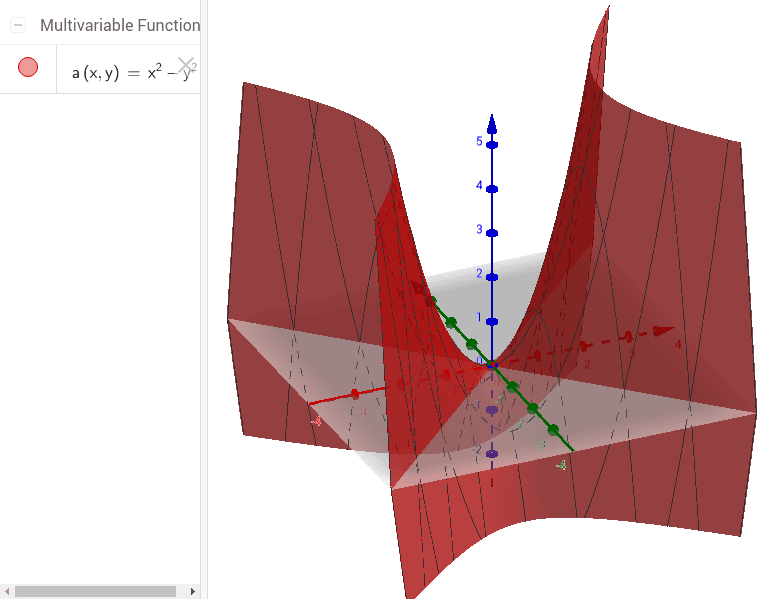


Graph Of F X 2 Y 2 Geogebra
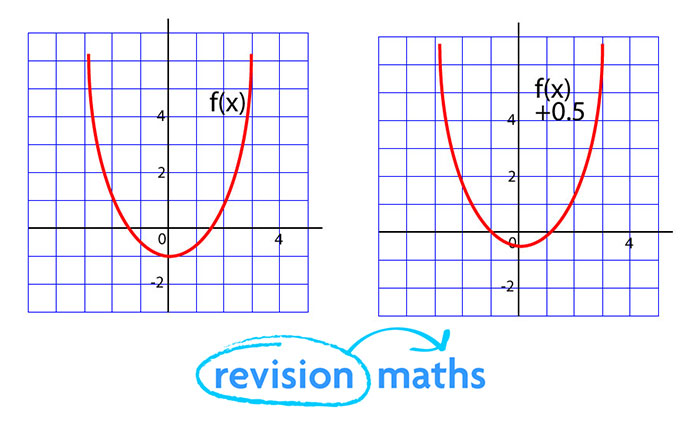


Functions Maths Gcse Revision



Multivariable Calculus F X Y X Ln Y 2 X Is A Function Of Multiple Variables It S Domain Is A Region In The Xy Plane Ppt Download



Contour Map Of F X Y 1 X 2 Y 2 Youtube
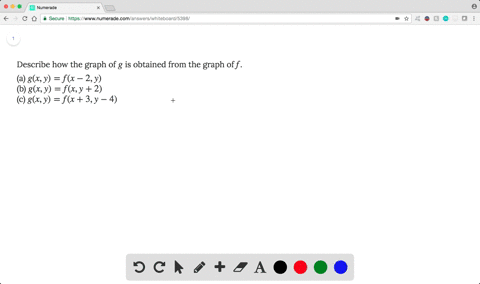


Solved Describe How The Graph Of G Is Obtained Fr


12 2 Graphs Of Functions Of Two Variables Visualizing A Flip Ebook Pages 1 16 Anyflip Anyflip
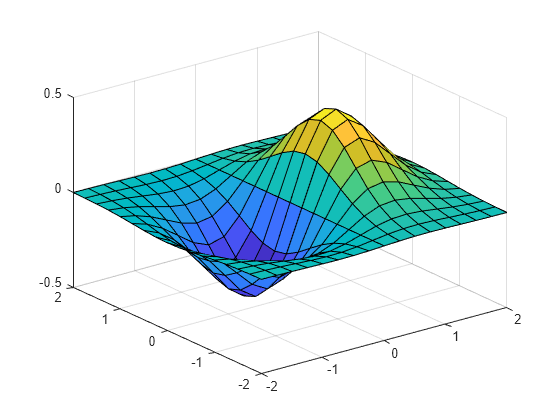


2 D And 3 D Grids Matlab Meshgrid



If F X Y 9 X 2 Y 2 If X 2 Y 2 Leq9 And F X Y 0 If X 2 Y 2 9 Study What Happens At 3 0 Mathematics Stack Exchange
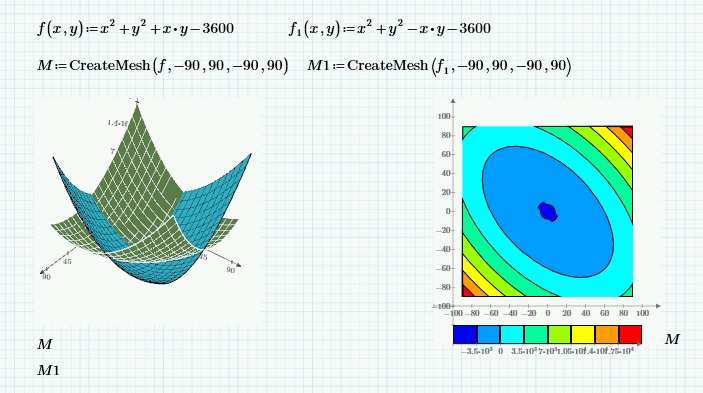


Solved Re Is There A Way To Plot A Function Of X Y Lik Ptc Community



Graph The Function And Observe Where It Is Discontinuous F X Y E 1 X Y Study Com



Xy Plot Megunolink


What Are The Extrema And Saddle Points Of F X Y X 2 Xy Y 2 Y Socratic



Graph Of Function F X Y 0 Z 0 V 1 V 2 0 V 3 0 T 0 Y 0 Z Download Scientific Diagram



Function F X Y Sin Xy Plotted With The Jet Colormap Download Scientific Diagram



Functions Of Two Variables Graph Of A Function



Graphs Of Surfaces Z F X Y Contour Curves Continuity And Limits


12 2 Graphs Of Functions Of Two Variables Visualizing A Flip Ebook Pages 1 16 Anyflip Anyflip



Function X Y Graph Page 1 Line 17qq Com


0 3 Visualizing Functions Of Several Variables
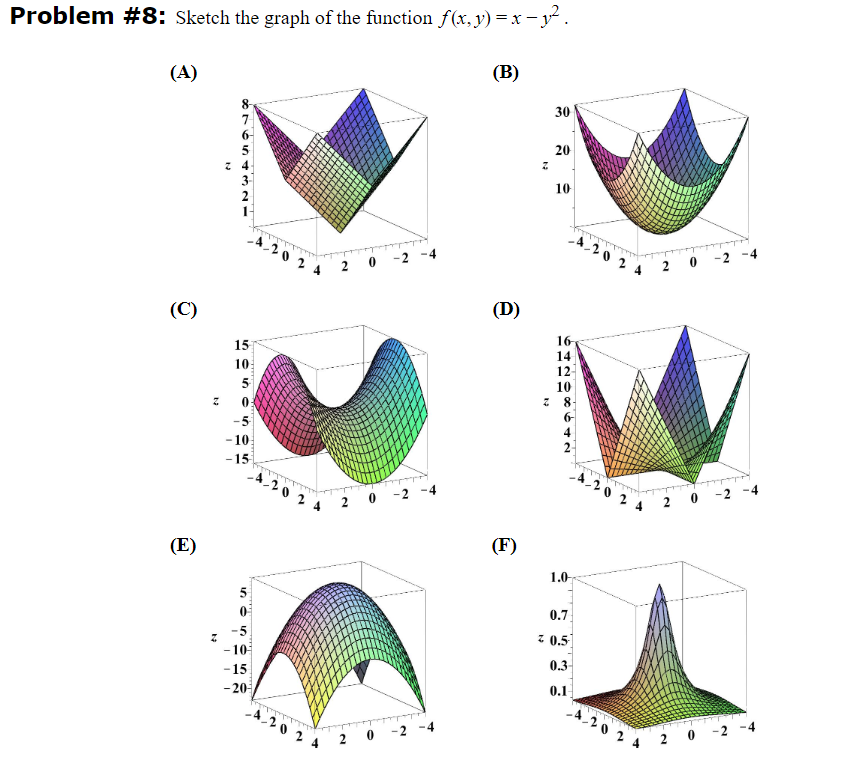


Solved Problem 8 Sketch The Graph Of The Function F X Y Chegg Com



Calculus Iii Lagrange Multipliers



Graph And Contour Plots Of Functions Of Two Variables Wolfram Demonstrations Project



How Can We See That F X Y Sqrt Xy Has Partial Derivatives At 0 0 From Its Graph Mathematics Stack Exchange



How To Plot Grad F X Y Stack Overflow



F X Y X Y And Hf X Y Download Scientific Diagram


Multivariatefunctions Html



Graph The Function And Observe Where It Is Discontinuous F X Y E Frac 1 X Y Study Com



Problem 7 The Graph Of Z F X Y Is Shown Below In Each Part Determine Whether The Given Part Homeworklib
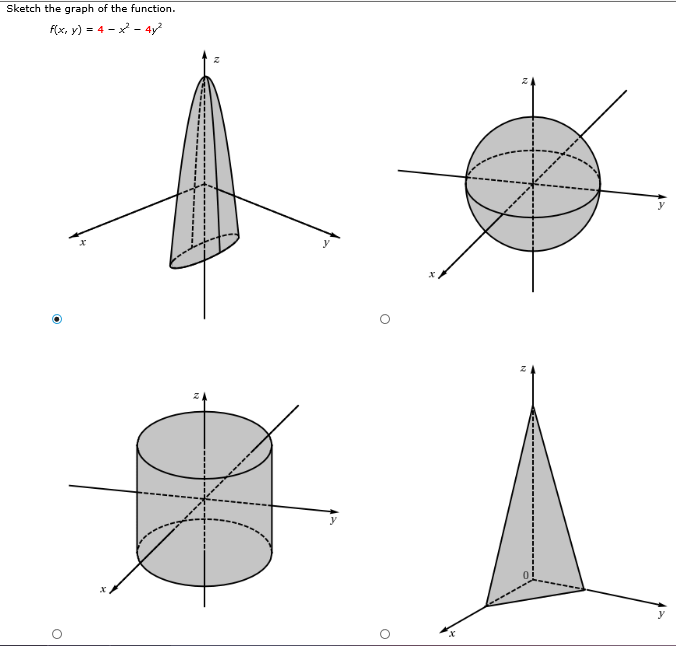


Solved Sketch The Graph Of The Function F X Y 4 X 2 Chegg Com
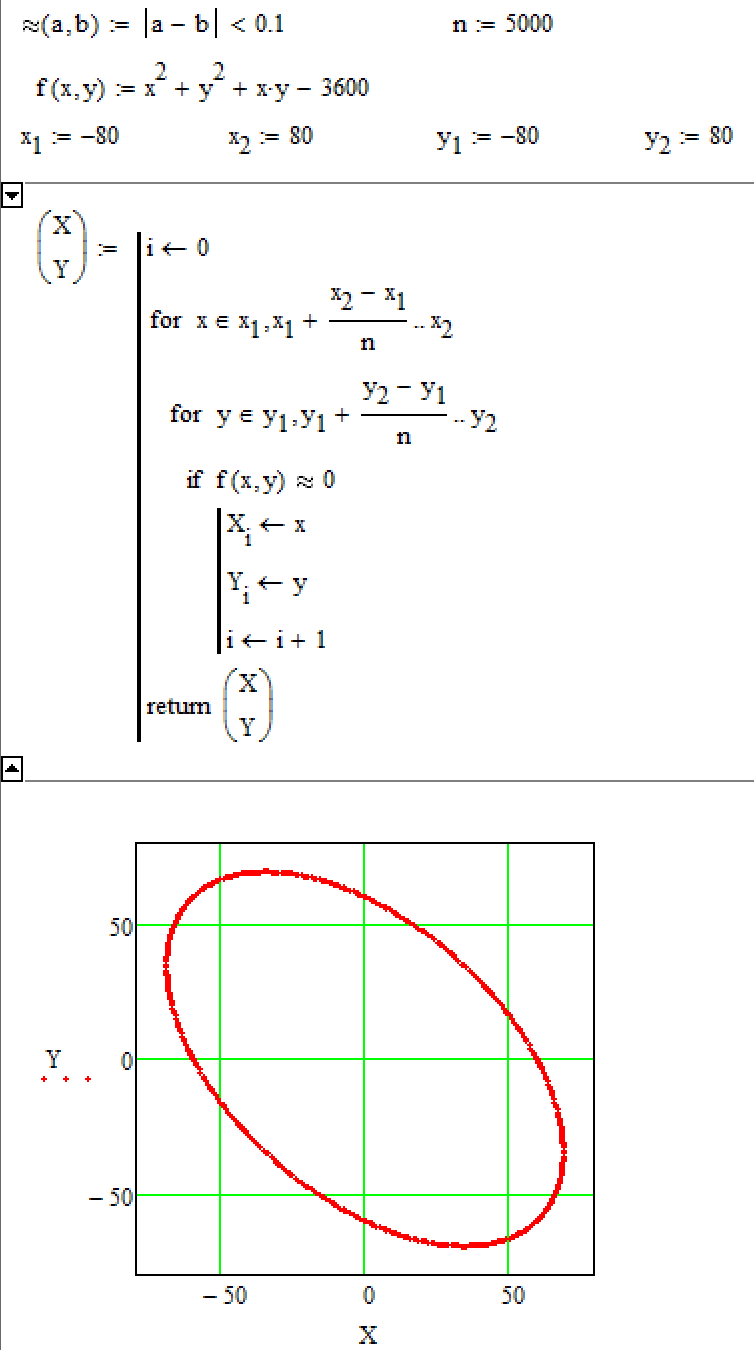


Solved Re Is There A Way To Plot A Function Of X Y Lik Ptc Community



コメント
コメントを投稿